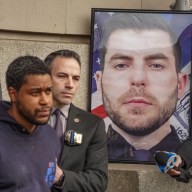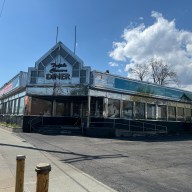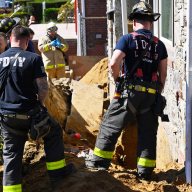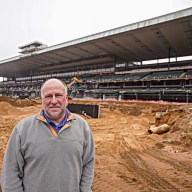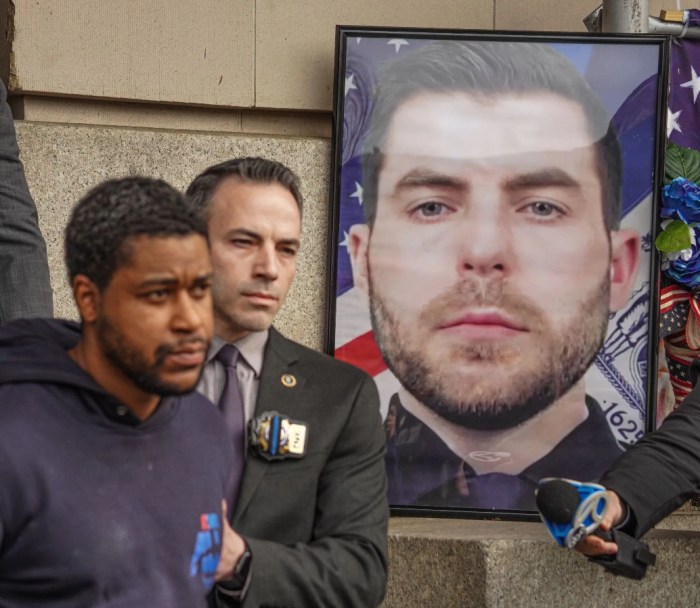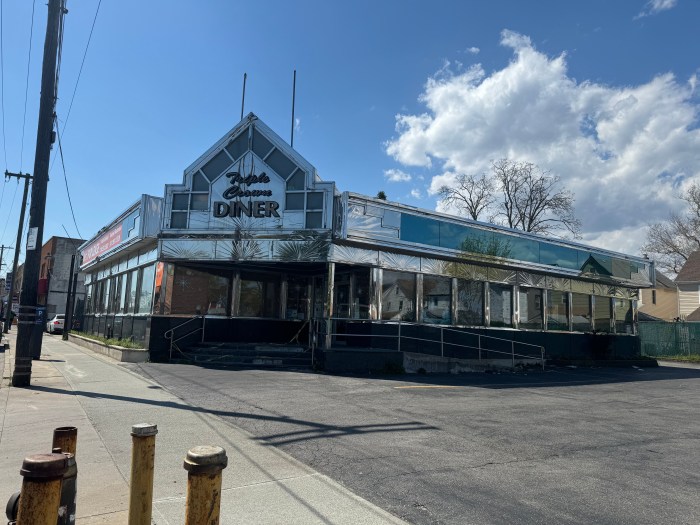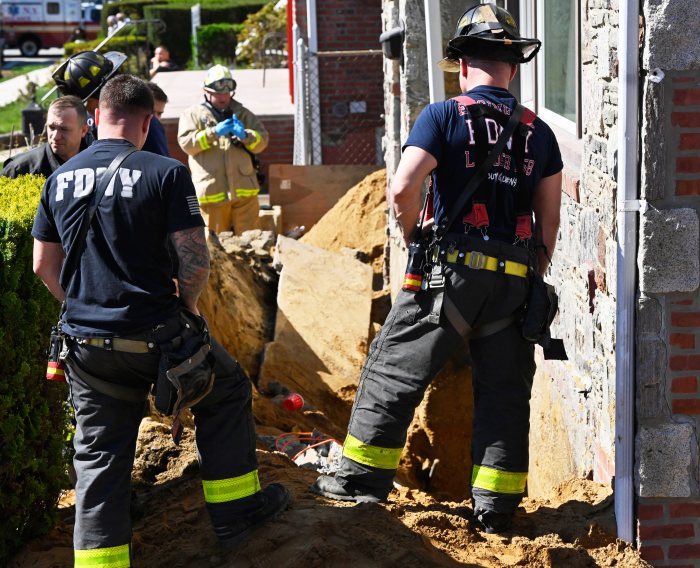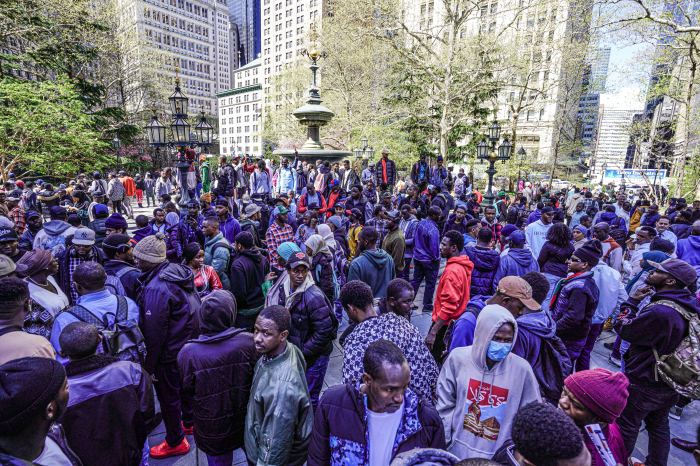Alterations in the Metropolitan Transportation Authority’s capital program offer a constructive method of avoiding drastic fare increases and service cuts or the Ravitch Commission’s lesser fare increases, bridge tolls and business taxes.
Officials, including Manhattan Borough President Scott Stringer, U.S. Rep. Carolyn Maloney (D−Astoria), state Sen. Liz Krueger (D−Manhattan) and Straphangers Campaign attorney Gene Russianoff have many believing Manhattan mega−projects like the Second Avenue subway and East Side Access are fully funded by the Federal Transit Administration.
Actually, of the estimated $4.65 billion set aside for the Second Avenue subway, the FTA has pledged $1.3 billion and the 2005 State Bond Act $450 million. The remaining $2.8 billion must be funded by the MTA through taxes, fares and bonds involving finance costs.
Substituting light rail at 1⁄10 the cost for the Second Avenue subway would not only relieve the MTA of roughly $2.8 billion in operating budget costs, but leave at least $1 billion in federal money for much−needed light rail in the Douglaston−Little Neck area of Queens, Mill Basin area in Brooklyn and the North and West Shores in Staten Island.
George Spitz
Manhattan








